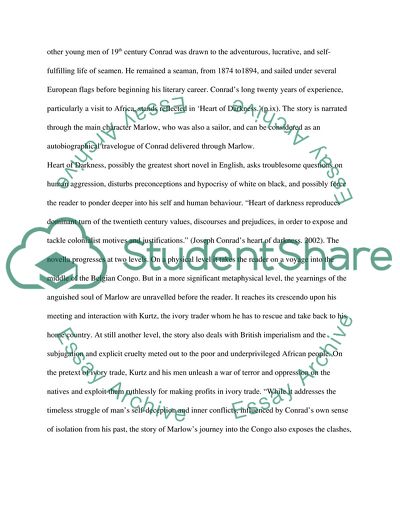Cite this document
(“Literature Essay Example | Topics and Well Written Essays - 3500 words”, n.d.)
Retrieved from https://studentshare.org/miscellaneous/1542339-literature
Retrieved from https://studentshare.org/miscellaneous/1542339-literature
(Literature Essay Example | Topics and Well Written Essays - 3500 Words)
https://studentshare.org/miscellaneous/1542339-literature.
https://studentshare.org/miscellaneous/1542339-literature.
“Literature Essay Example | Topics and Well Written Essays - 3500 Words”, n.d. https://studentshare.org/miscellaneous/1542339-literature.


